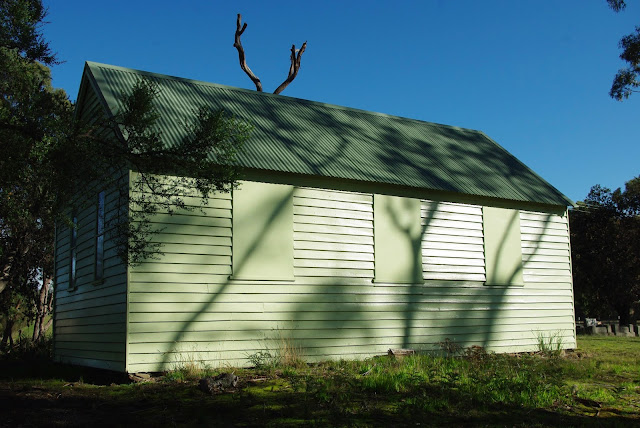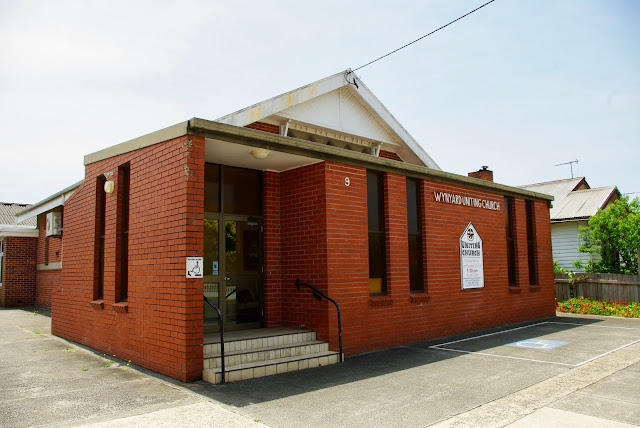No. 754 - Warrane - St Philip's Anglican Church and Hall

Warrane is an eastern shore suburb of Hobart established by the Housing Department in the late 1940s and early 1950s. Warrane is an Aboriginal word meaning 'blue sky’ and this was adopted for postal purposes for the Montague Bay area before it was transferred to its present locality in the 1940s. The foundation stone for St Philip’s was laid by the Bishop Cranswick on Sunday 17 October 1954. The Hobart Mercury reported: “The Bishop was assisted by the Rev. Arthur Cloudsdale, who has returned from missionary service in Central Tanganyika, East Africa. The Archdeacon of Hobart (the Ven. W. R. Barrett) read the lesson, after which an address was given by the Bishop. This was followed by an ad-dress by the Rector of St. Philip's (the Rev. T. A. Cloudsdale). The new church hall is to be used as a' community centre in Warrane, and the first to use it will be the church women's guild. Other guests at the ceremony were Mrs. Cranswick, the Minister for Tourists and Immigration ...









